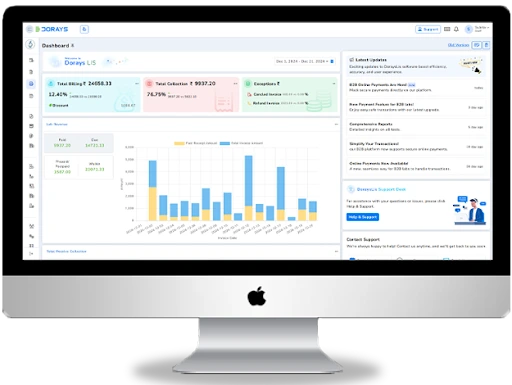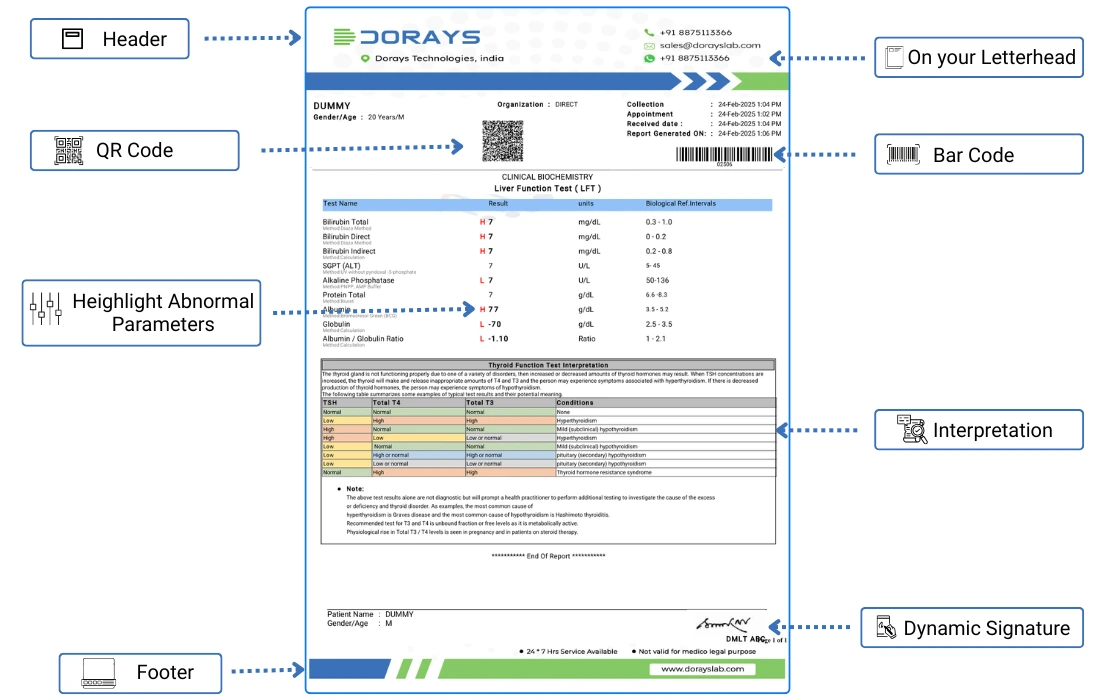
AI for Pathologists, Results for Patients
Artificial intelligence (AI) is revolutionising the field of pathology, a discipline critical to diagnosing diseases and guiding patient treatment. From accelerating workflows to enhancing diagnostic accuracy, AI offers pathologists powerful tools to improve patient outcomes. But how exactly does AI impact pathology today, and what can we expect in the future?
This blog will explore AI's growing role in pathology, discuss its benefits and real-world applications, and shed light on the challenges and ethical considerations involved. By the end, you'll understand why AI is an indispensable ally in modern healthcare.
The Benefits of AI in Pathology
AI’s integration into pathology is not just a technological upgrade; it represents a paradigm shift in how diagnoses are made and treatments are planned. Here are some of the key benefits:
Improved Accuracy and Speed
AI-powered tools have been trained on vast datasets of medical images and clinical information, enabling them to detect even minute abnormalities that might otherwise be missed. For instance, machine learning algorithms can identify patterns in tissue samples with extraordinary precision, reducing the likelihood of diagnostic errors.
This accuracy is crucial for diseases like cancer, where early detection and correct diagnosis significantly affect patient outcomes. AI also speeds up image analysis, meaning pathologists can deliver results to clinicians far more quickly, allowing patients to start treatment sooner.
Enhanced Diagnostic Capabilities
AI systems don't just replicate human abilities; they amplify them. These tools can integrate data from various sources, such as patient history and genetic profiles, to provide a more comprehensive diagnostic picture.
For example, AI can classify subtypes of diseases, such as different types of breast cancer, based on biomarkers. This additional layer of granularity gives clinicians the information they need to tailor treatments to individual patients, making personalised medicine more feasible.
Better Workflows and Efficiency
It’s no secret that pathologists are under increasing pressure to process an overwhelming volume of cases. AI offers a way to alleviate this burden by automating repetitive tasks like counting cells or measuring tumour margins, freeing up pathologists to focus on more complex and nuanced aspects of their work.
AI-enhanced workflows also facilitate better collaboration between healthcare teams. Digital pathology enabled by AI allows images to be shared instantly with specialists worldwide, fostering faster second opinions or consultations.
Real-World Use Cases of AI in Pathology
AI is no longer a theoretical concept in pathology; it’s already making a measurable difference in specific diagnostic areas:
Cancer Detection
AI has shown remarkable success in the early detection and diagnosis of cancer. For example, AI algorithms can analyse mammograms to detect early signs of breast cancer, often identifying abnormalities that even experienced radiologists might overlook. Similarly, AI tools are used in prostate cancer diagnosis by assessing biopsy samples for malignancies with greater accuracy.
Infectious Disease Diagnosis
AI is playing an emerging role in diagnosing infectious diseases, which is especially crucial in resource-limited settings or during pandemics. For example, AI systems can quickly detect malaria parasites in blood smears or spot signs of tuberculosis on chest X-rays. The ability to streamline these processes can result in faster treatment and reduced disease transmission.
Challenges and Considerations in AI Integration
While the benefits of AI are considerable, implementing it in pathology also comes with challenges:
- Data Quality and Bias: AI models require high-quality, diverse datasets to function effectively. If the datasets used to train these systems are biased, the results may not generalise to all patient populations.
- Regulatory and Ethical Issues: The increased reliance on AI raises questions about accountability. Who is responsible if an AI tool makes an error? Establishing clear regulations and ethical guidelines is essential as the technology matures.
- Acceptance and Training: For AI to be fully integrated, pathologists must be willing to adopt these tools and know how to use them effectively. This will require comprehensive training programmes and organisational buy-in.
Future Trends in AI for Pathology
The future of AI in pathology is incredibly promising. Emerging technologies are set to redefine the field further:
- Predictive Analytics: AI-driven predictive models will enable pathologists to forecast disease progression and treatment outcomes, helping clinicians make better-informed decisions.
- Real-Time Diagnostics: Point-of-care devices powered by AI could allow for almost instantaneous diagnostics in clinical settings.
- Decentralised Pathology: Advances in telepathology and digital platforms will make expert diagnoses available even in remote or underserved regions.
Transforming Patient Outcomes with AI
AI in pathology represents a groundbreaking opportunity to enhance patient outcomes by improving diagnostic accuracy, accelerating processes, and facilitating personalised treatment plans. However, its successful implementation requires addressing challenges such as data bias, ethical considerations, and training.
The exciting part? This is just the beginning. AI will undoubtedly continue to evolve, unlocking new possibilities in pathology and healthcare.
If you’re ready to see how AI can transform your pathology practice, schedule a demo with us today. Take the first step towards leveraging cutting-edge technology to improve results for your patients.
Meta Data
Meta title
AI for Pathologists, Results for Patients
Meta description
Discover how AI is transforming pathology through improved accuracy, speed, and diagnostic capabilities. Learn practical use cases and future trends in AI.

Effortless Lab Management Starts Here!
Experience the future of lab operations. One click to revolutionize your lab.










